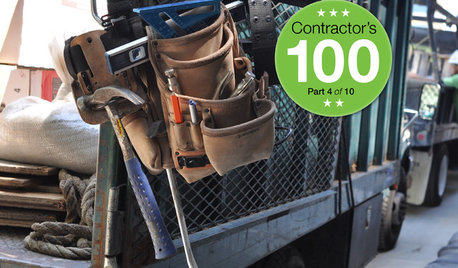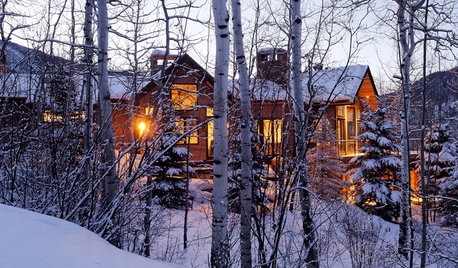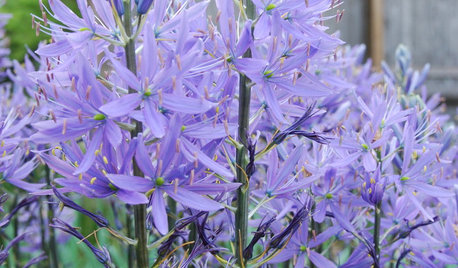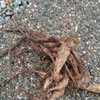What do you mean they'll die if they freeze???
mmqchdygg
17 years ago
Featured Answer
Sort by:Oldest
Comments (29)
mmqchdygg
17 years agosedum37
17 years agoRelated Professionals
Simi Valley Landscape Architects & Landscape Designers · Brentwood Landscape Contractors · Frisco Landscape Contractors · Concord Landscape Contractors · Avocado Heights Landscape Contractors · Bainbridge Island Landscape Contractors · Eagle Landscape Contractors · Fuquay-Varina Landscape Contractors · Lemoore Landscape Contractors · Long Branch Landscape Contractors · Mastic Beach Landscape Contractors · Saint John Landscape Contractors · Yukon Landscape Contractors · Norridge Landscape Contractors · Raytown Landscape Contractorsshrubs_n_bulbs
17 years agoChemocurl zn5b/6a Indiana
17 years agohopflower
17 years agoChemocurl zn5b/6a Indiana
17 years agoshrubs_n_bulbs
17 years agoNancy
17 years agoSmivies (Ontario - 5b)
17 years agohopflower
17 years agovetivert8
17 years agocalistoga_al ca 15 usda 9
17 years agohopflower
17 years agohopflower
17 years agolittle_dani
17 years agopatwood
17 years agovetivert8
17 years agoshrubs_n_bulbs
17 years agohopflower
17 years agolilies4me
17 years agoChemocurl zn5b/6a Indiana
17 years agocranebill
17 years agojeannie7
17 years agopatwood
17 years agoplantcompost
17 years agopitimpinai
17 years agogreenstar
17 years agorichard_cawood_lilly_com
13 years ago
Related Stories

REMODELING GUIDESContractor Tips: What Your Contractor Really Means
Translate your contractor's lingo to get the communication on your home project right
Full Story
GREEN BUILDINGThe Big Freeze: Inventors Break New Ground to Keep Things Cool
Old-fashioned fridges can be energy guzzlers, but there are more eco-friendly ways of keeping food fresh, as these global innovations show
Full Story
COFFEE WITH AN ARCHITECTHow to Design (and Live) With Meaning
Design and architecture have the power to make the world a better place. These 10 instructions can help
Full Story
KIDS’ SPACESSee an Arizona Nursery That’ll Never Get Old
Age appropriate but not childish, this baby boy’s room will grow with him without a redesign
Full Story
LIFEHouzz Call: Who'll Post the First Snow Photo of 2013?
If the weather's been flaky in your neck of the woods, please show us — and share how you stay warm at home
Full Story
KITCHEN WORKBOOK8 Kitchen Amenities You'll Really Wish You Had
Keep kitchen mayhem and muck to a minimum with these terrific organizers and other time-saving, mess-preventing features
Full Story
FALL GARDENING6 Trees You'll Fall For
Don’t put down that spade! Autumn is the perfect time for planting these trees
Full Story
PETS15 Outdoor Pet Projects You'll Lap Up
These bubbling fountains, shelters and other creations by Houzzers are treats for pets and inspiration for other owners
Full Story
BULBSGreat Design Plant: Wild Hyacinth for a Bolt of Blue
Get knockout spring blooms on spiky stems by planting these bulbs before the ground freezes
Full Story
HOUSEKEEPINGWhat's That Sound? 9 Home Noises and How to Fix Them
Bumps and thumps might be driving you crazy, but they also might mean big trouble. We give you the lowdown and which pro to call for help
Full Story






vetivert8